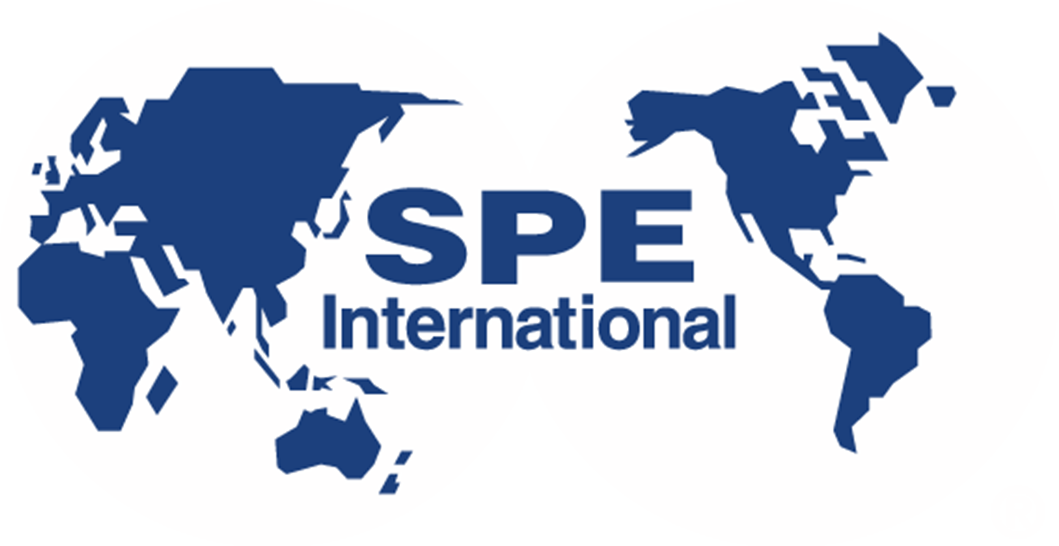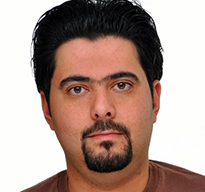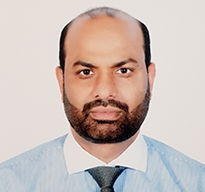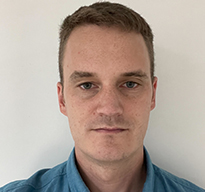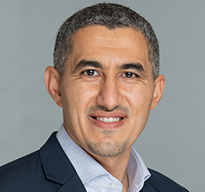Agenda
Tuesday, June 07
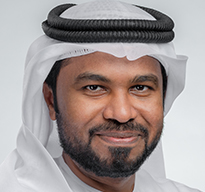
Mohamed Al Marzouqi
Senior Vice President, Development Function
ADNOC
Session Chairs:

Ashraf Islam
Saudi Aramco

Ding Zhu
Texas A&M University
Speaker(s):
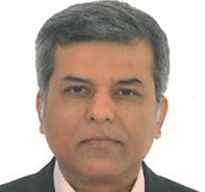
Arshad Waheed
Saudi Aramco

Fred Tavarez
ExxonMobil

Dan Hill
Texas A&M University
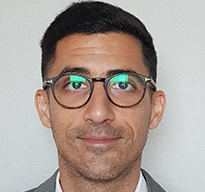
Wissam Chehabi
Fishbones
Candidate selection is the process of identifying and selecting wells for stimulation treatment, which have the capacity of production improvement and better economic return. One of the first steps in the candidate selection process is the review of all well logs and records, reservoir characteristics, and any previous workover information. Drilling records are screened for mud type, fluid losses, kill pills, completion fluids, and completion type. Production history also used to detect formation damage in the process of candidate selection. A sudden decline in productivity is a good indication that the well could be damaged; however, the user needs to be aware of the offset wells reservoir properties. Offset well comparison can be helpful in identifying localised problems. In brownfield situations, there is often a water flood or even a more sophisticated EOR scheme in the reservoir that needs to be considered, both as a cause of the issue as well as a broader solution to the system. Wells with an inadequate amount of perforations, tubing size, or some types of restrictions in the wellbore are not good candidates. However, the selection process can be improved by using all available information. In this session, we will examine and discuss the process of candidate selection, as well as the range of solutions from simple to complex.
Session Details:
- 0830 - 0900 hours
Candidate Selection from Acid Treatment
Arshad Waheed, Saudi Aramco
- 0900 - 0930 hours
Stimulation Strategy Based on Reservoir Characteristics
Fred Tavarez, ExxonMobil
- 0930 - 1000 hours
Stimulation Method Selection Based on Reservoir Properties
Dan Hill, Texas A&M University
- 1000 - 1030 hours
Multilateral Stimulation: Candidate Selection and Case Histories
Wissam Chehabi, Fishbones
Session Chairs:
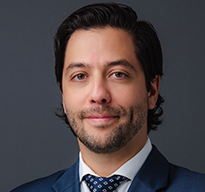
Mathew Paredes
Packers Plus

Vibhas Pandey
ConocoPhilips
Speaker(s):

Mohan Panga
ExxonMobil

Sameer Punnapala
ADNOC Onshore

Vibhas Pandey
ConocoPhillips
The objective of this session is to discuss possible completion designs when matrix acidising. Furthermore, a completion design which suggests the thought process of stage design consideration and suggestions to improve the distribution of fluid along a lateral. Due to the rise of data abundance, what can be the potential changes to our current workflow and data selection? Should we consider the data, which we have not considered earlier? And most importantly, how does a completion department balance with well economics?
Session Details:
- 1100 - 1130 hours
Openhole Stimulation Design in Horizontal Wells
Mohan Panga, ExxonMobil
- 1130 - 1200 hours
Regaining Injectivity in Tight Reservoir Wells Using Advanced Well Intervention Workflow
Sameer Punnapala, ADNOC Onshore
- 1200 - 1230 hours
Innovations in Lower Completions technologies
Ahmed Siham, Packers Plus
- 1230 - 1300 hours
Limited Entry for Long Horizontal Well Acid Stimulation
Vibhas Pandey, ConocoPhillips
Session Chairs:

Mohan Panga
ExxonMobil

Steve Mann
Fluid Energy Group
Speaker(s):

Haiyan Zhao
Schlumberger
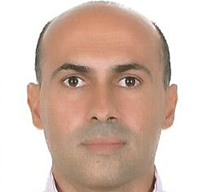
Giuseppe Ambrosi
Halliburton

Akshaya Singh
Baker Hughes
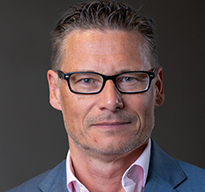
Markus Weissenberger
Fluid Energy
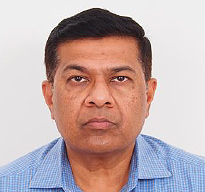
Rajendra Kalgaonkar
Saudi Aramco
Recent advancements in fluids technology have provided a step-change in capability for acid stimulation treatments, specifically degradable diverters and modified acid systems. While such systems are readily available on the market, detailed mechanistic understanding and validated modelling are still being developed. This session is designed to share learnings and experiences during the research, development, and application of such systems in order to improve their use and further advance the technology. Presentation of field applications (and operational advantages/disadvantages) and results in matrix, naturally-fractured, and hydraulically-fractured applications are desired. Innovations in additives technology, including corrosion inhibition, improving compatibility, and non-acid stimulation fluids are also of interest.
Session Details:
- 1400 - 1415 hours
Modified-Acids: An Advanced Approach to Carbonate Stimulation
Markus Weissenberger, Fluid Energy
- 1415 -1430 hours
Retarded Acid Fluid Systems
Haiyan Zhao, Schlumberger
- 1430 - 1445 hours
Low-viscosity, Polymer-free, Retarded Acid for Stimulation in Low and High Temperature Applications
Giuseppe Ambrosi, Halliburton
- 1445 - 1500 hours
Developing New Acid System for Stimulation
Amjed Mohammed, KFUPM
1500 - 1515 hours Coffee Break
- 1515 - 1530 hours
Novel Retarded Single Phase Hybrid Acid System
Rajendra Kalgaonkar, Saudi Aramco
- 1530 - 1545 hours
Single Phase Polymer Free Delayed HCl Acid system
Akshaya Singh, Baker Hughes
Wednesday, June 08
Session Chairs:

Dan Hill
Texas A&M University
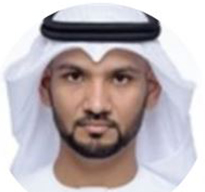
Fahad Al Hosani
ADNOC
Speaker(s):

Mohan Panga
ExxonMobil

Dan Hill
Texas A&M University
Modelling of the wormholing process in carbonate matrix acidising includes mechanistic models, proxy models like the dual continuum models, global wormhole propagation models, and acid placement and diversion models. Theses modelling efforts are all aimed at increasing our understanding of the wormholing process and improving field design procedures. A carbonate acidising modelling focus in recent years has been on the scale-up of wormholing behaviour measured in small core plugs in the laboratory to the wormholing that occurs in the essentially unbounded flow field around wells. Recent upscaling approaches for carbonate matrix acidising will be highlighted.
This session will review modelling progress made recently in all these areas of carbonate acidising modelling. Speakers will show how the current modelling approaches are being applied to field design, and to evaluation of field acidising responses.
Session Details:
- 0830 - 0900 hours
Matrix Acidizing Modeling: Complex Completions and New Fluid Technologies
Mohan Panga, ExxonMobil
- 0900 - 0930 hours
Wormhole Modeling at Different Scales - a Scale-up Approach for Field Application
Dan Hill, Texas A&M University
- 0930 - 1000 hours
New Workflows for Carbonate Stimulation Modeling
Murtaza Ziauddin, Schlumberger
Session Chairs:

Murtada Al-Jawad
King Fahd University
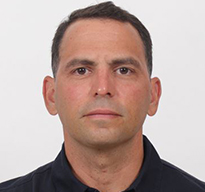
Sigi Rosales
Chevron
Speaker(s):

Vibhas Pandey
ConocoPhillips
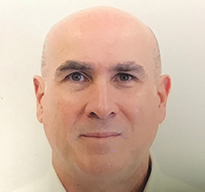
Henry Leigh
Baker Hughes
The session provides valuable case histories regarding acid fracturing execution and outcomes. It also discusses the recent advances in modelling and experimental research. Subjects include near-wellbore diversion that is applied to laminated formations or multiage hydraulic fracturing (MSF). Far-field diversion to enhance acid penetration length will be covered. Carbonate formations are usually naturally fractured and the impact on acid fracture stimulation is considered in the session. The impact of reservoir mineralogy, permeability, rock strength, and depth on optimum design conditions are to be discussed. The session considers the improvement in predictive models to estimate acid fractured well-productivity.
Session Details:
- 1030 - 1100 hours
Acid Fracturing Practices in North Sea Assets
Vibhas Pandey, ConocoPhillips
- 1100 - 1130 hours
Acid Fracture Advances
Henry Leigh, Baker Hughes
- 1130 - 1200 hours
First Multistage Fracturing of Horizontal Well Drilled in Conventional Tight Carbonate Reservoir in an Onshore Field in the UAE
Muhammad Nadeem Aftab, ADNOC
- 1200 - 1230 hours
Advances in Acid Stimulation in Carbonate Reservoirs
Samuel Edward Bremner, Schlumberger
Session Chairs:

Giuseppe Ambrosi
Halliburton

Sigi Rosales
Chevron
Speaker(s):
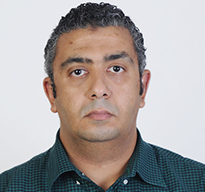
Amr Abdel-Baky
Halliburton

Kristian Mogensen
ADNOC
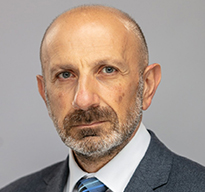
Philippe Enkababian
Schlumberger
Unconventional carbonate reservoirs present a significant hydrocarbon potential which can be tapped through improved stimulation. This session presents case studies on the stimulation techniques used in tight unconventional carbonate reservoirs. Discussions on candidate selection, job design and execution, acid systems, and other new technologies will be presented.
Session Details:
- 1330 - 1400 hours
Advancement in Acid Stimulation for Tight Reservoirs
Amr Abdel-Baky, Halliburton
- 1400 - 1430 hours
Efficient Matrix-acid Stimulation of Low-permeability Carbonates Using Smart Liner Technique
Kristian Mogensen, ADNOC
- 1430 - 1500 hours
Application of Low-Viscosity Acid System for Stimulation of High-Temperature Carbonate Gas Wells: A Reservoir Engineering Perspective
Maytham Ismail, Saudi Aramco
- 1500 - 1530 hours
Geomechanical Processes During Stimulation of Naturally Fractured Carbonate Reservoirs
Philippe Enkababian, Schlumberger
Session Chairs:
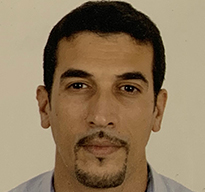
Mustapha Abbad
Schlumberger

Ding Zhu
Texas A&M University
Speaker(s):

Philippe Enkababian
Schlumberger
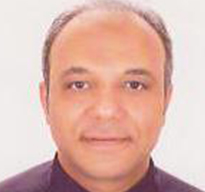
Alaa Abdelkarim
ADNOC
This session is designated for discussion on acid stimulation monitoring. With current development in downhole sensing, production logging, and transient rate and pressure diagnostic tools, evaluating the efficiency of acid stimulation in acid distribution, skin evolution, and productivity improvement become possible. The session will present the monitoring technology, diagnostic models, and field applications.
Session Details:
- 1530 - 1600 hours
Fiber Optic-Enabled Acidizing Treatment Design and Evaluation in Long Lateral Wells
Philippe Enkababian, Schlumberger
- 1600 - 1630 hours
Successful Acid Treatments in Carbonate Long Lateral Wells
Alaa Abdelkarim, ADNOC
- 1630 - 1700 hours
Understanding Acid Fracture Conductivity in Heterogeneous Dolomite
Ding Zhu, Texas A&M University
